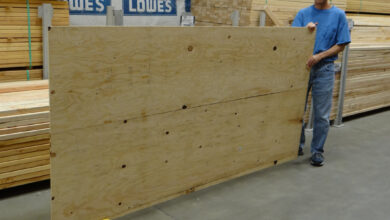
What Exactly is Adaptive Reuse Architecture and Why is It Important?
Many cities and rural areas have historic, abandoned structures ranging from lighthouses to warehouses. A new architectural concept known as “adaptive reuse” provides a way to breathe some life into vacant historic structures.
What Is the Definition of Adaptive Reuse Architecture?
Adaptive reuse (also known as building reuse) in architecture refers to the reusing of an existing building for new purposes. For instance, transforming an old church into a cafeteria, an old railroad station into an office building, or an old windmill into a residence. Adaptive reuse architecture design Toronto revitalizes old structures by transforming them into something helpful for the local community, such as low-income housing, student accommodation, community halls, or mixed-use creative arenas. Adaptive reuse projects are typically handled by commercial property developers since they have the necessary financial resources and construction experience to successfully repair old properties.
What Is the Importance of Adaptive Reuse?
Adaptive reuse is beneficial to a community since it:
-
Preserves cultural legacy. Adaptive reuse is a type of historic preservation in places with historic building. It revitalizes culturally valuable locations that otherwise would have been abandoned or destroyed to make way for new housing or parking spaces.
-
Reduces urban sprawl. When looking for new building sites, builders must frequently choose land outside of a city center because land inside a city is usually held by historic buildings or even more expensive property. This contributes to “urban sprawl,” the unregulated extension of metropolitan areas, which contributes to air pollution and environmental problems, unsafe traffic patterns, increased construction costs, and social isolation. Adaptive reuse is a viable alternative to urban sprawl.
What Is the Benefit of Adaptive Reuse?
Adaptive reuse is a great choice for many construction projects since it can:
-
Reduced building expenses. Adaptive reuse has various substantial financial benefits and cost reductions when compared to standard building projects. Overall, adaptive reuse consumes more labor than construction material, and while materials cost have surged in recent decades, labor costs have only increased somewhat. Adaptive reuse heritage property consulting Portland also eliminates all demolition costs, which are frequently costly and consume a large percentage of a budgeted cost. Local tax breaks and federal historic tax credits for building adaptive reuse alleviate budget issues for builders repurposing historic structures.
-
Well-liked in the community. People like the historical preservation of prominent structures in their community as well as the creation of new distinctive landmarks through creative adaptive reuse initiatives. If you’re a business builder, reusing an existing structure can be a major aspect in attracting customers to your business, whether it’s a restaurant, an apartment complex, or a shopping mall.







